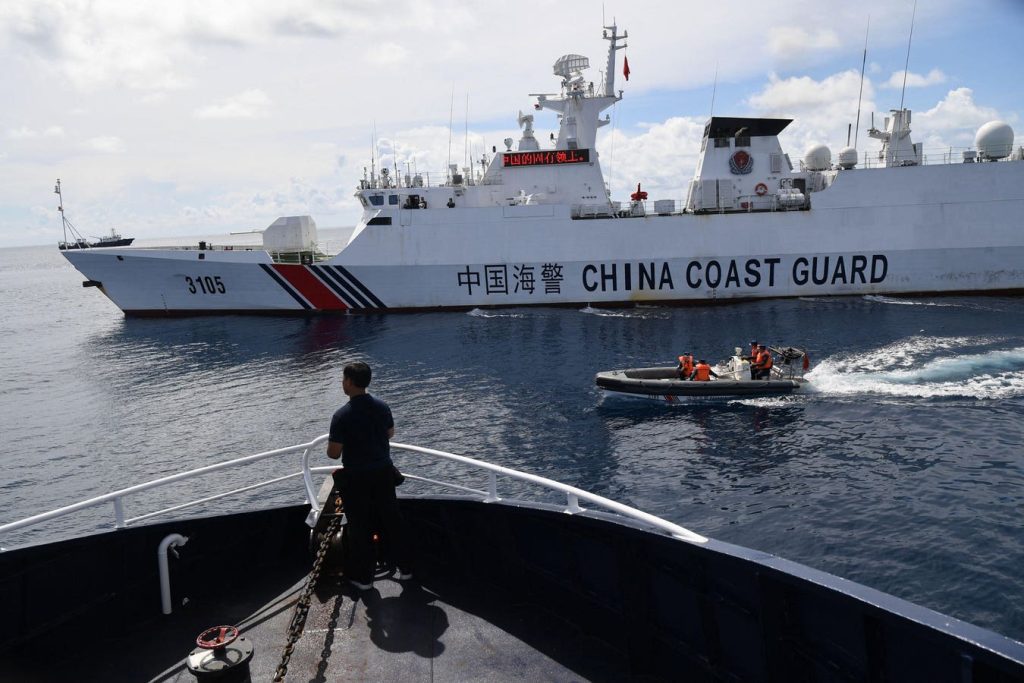In recent years, China has been making expansive claims in the South China Sea, disregarding international law and ignoring a ruling by the U.N.-backed Permanent Court of Arbitration in the Hague in 2016. This has led to increased tensions with neighboring countries like Vietnam and the Philippines, who are now deepening their cooperation with the United States. The recent brinksmanship between the Philippines and China has highlighted the urgent need for enhanced defense capabilities in the region to counter China’s aggressive actions. As multiple countries in the region face off against China in the South China Sea, the situation is becoming increasingly volatile.
Lindsey Ford, Deputy Assistant Secretary of Defense for South and Southeast Asia, has warned about the routine incidents of harassment by China, including unsafe intercepts of U.S. military aircraft and the militarization of artificial islands in the area. The economic stakes for the South China Sea are high, as a significant percentage of trade flows through the region, and any disruption could have far-reaching consequences globally. The region also has significant energy potential, which could be threatened by China’s aggressive actions in the area.
The United States has been attempting to uphold the integrity of the 2016 ruling through freedom of navigation missions and efforts to strengthen ties with countries like Vietnam. However, the U.S. is facing challenges in juggling its global commitments, and its defense capacity is declining. Recent regional developments, such as a Filipino-Vietnamese deal on maritime collaboration and warming ties between Japan and South Korea, offer hope for increased regional cooperation. Jointly harnessing defense capabilities and maximizing joint production and interoperability will be crucial in countering China’s coercion in the region.
While U.S. efforts to address the situation in the South China Sea are ongoing, challenges remain. The withdrawal of the U.S. from the Trans-Pacific Partnership trade deal in 2017 and the protectionist turn of American politics have dampened efforts to counter Chinese influence in the region. President Biden’s Indo-Pacific Economic Framework for Prosperity is a step in the right direction but lacks the teeth needed to challenge China effectively. The U.S. must find ways to minimize China’s economic prowess and size to halt its aggression in the region.
As conflicts around the world highlight the changing landscape of global power dynamics, the U.S. must wake up to the realities of the current geopolitical situation. Failure to address the growing threat posed by China’s expansionism will lead to disaster. The U.S. needs to lead in shoring up security in the South China Sea before a significant disruption harms the American and global economy and undermines the security of its allies. The time for indecision and delay is over, and decisive action is needed to counter China’s aggression in the region.


